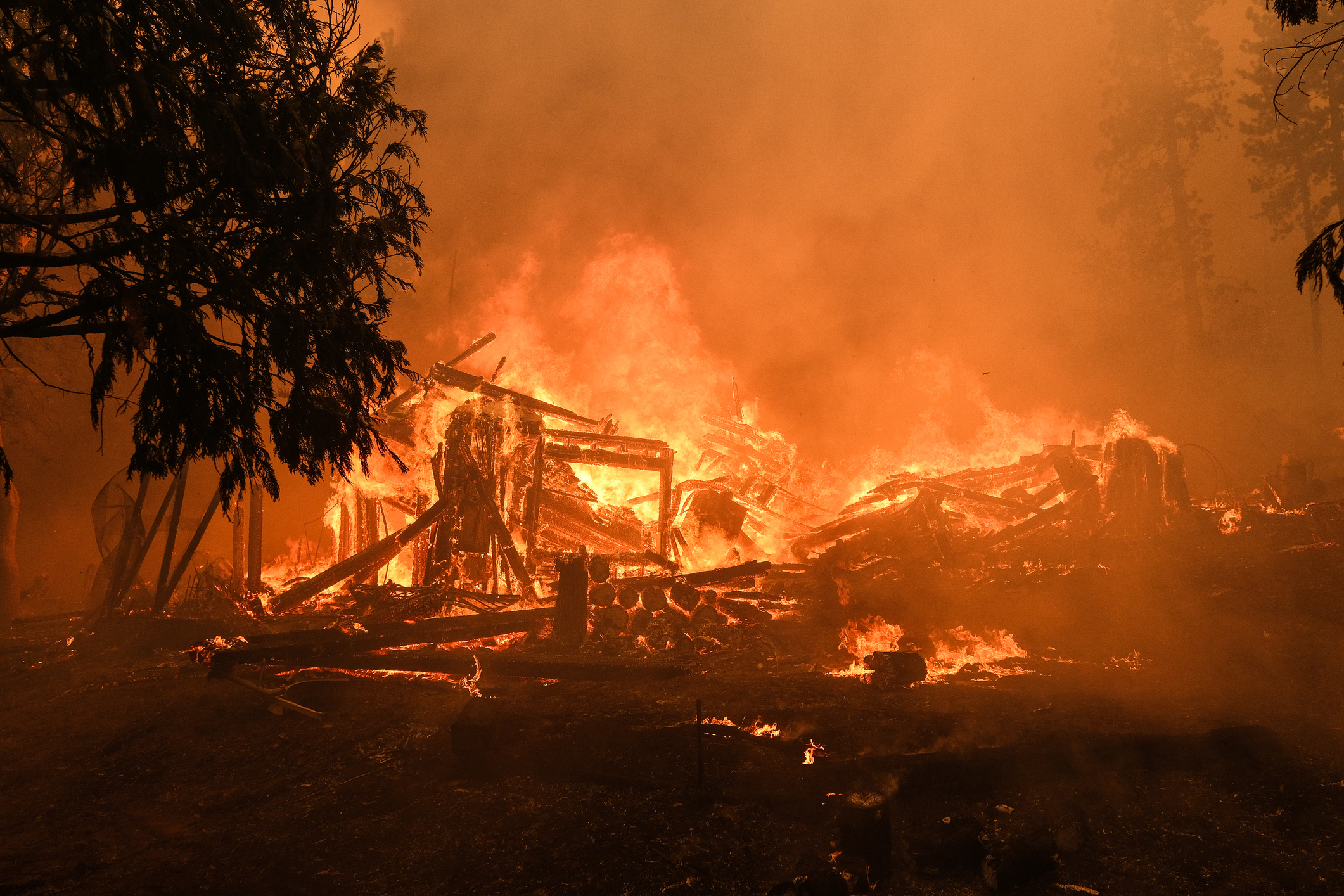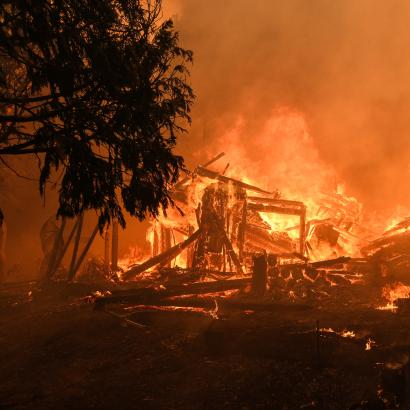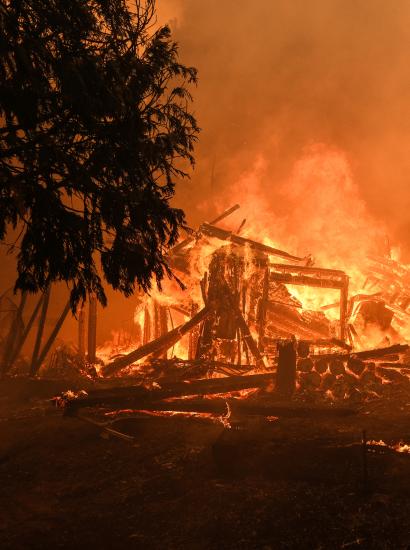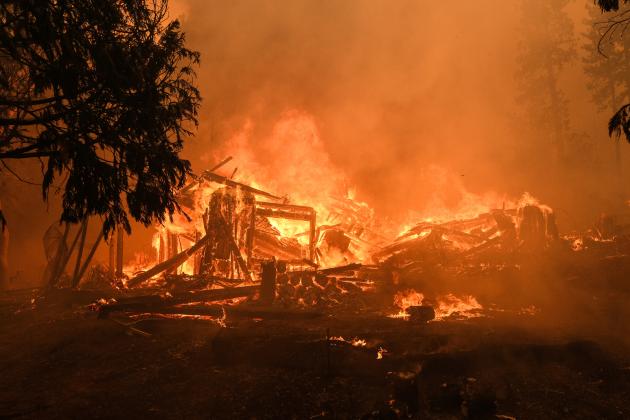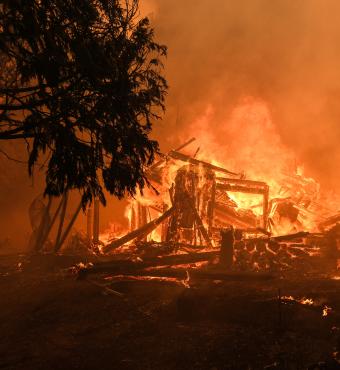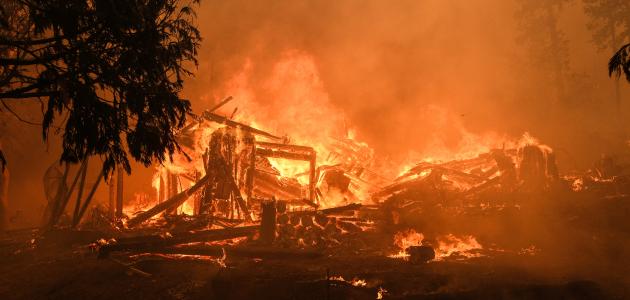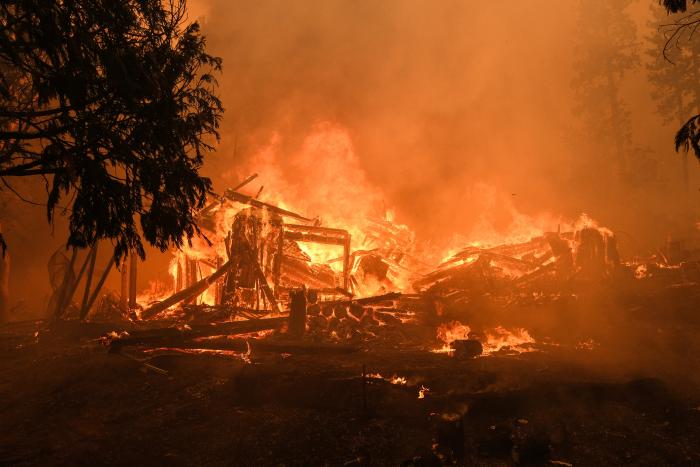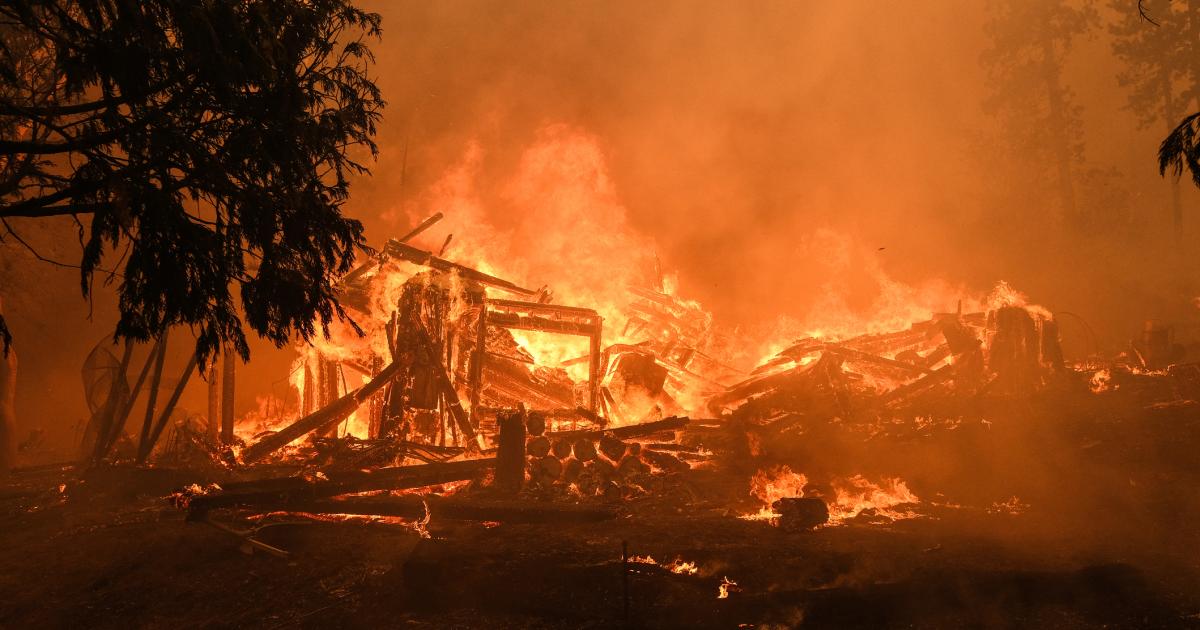- State & Local
- California
The Palisades Fire, the most destructive fires in Los Angeles County history, left behind a scar that is measured not only in the 50,000 acres burned and 18,000 homes incinerated, but also in the 2.6 million tons of waste those homes became. That mountain of ash has become a nightmare for the Kardashians, and every other person living in Calabasas, California, about 40 miles northwest of Los Angeles, where debris and ash from the fires has been dumped into a landfill that sits within the community of 23,000 people.
According to The New York Times, Los Angeles County ruled that the Calabasas landfill could receive 5,000 tons of debris per day, for at least six months. That is 10 million pounds per day, and about 1.8 billion pounds over a six-month period. California’s wildfire cleanup is a story of how billions of dollars have been poured into a contracting system that overpays, underdelivers, and leaves contamination behind that could have the potential to create cancer clusters. And the story of Calabasas is how even those with enormous influence and wealth—several of the Kardashians, plus Justin Bieber, Will Smith, John Travolta, Katie Holmes, and other residents—have little if any defense of their rights once government decides that fire debris can be dumped with in their backyard.
The New York Times noted that one resident, Michelle Geller, was shocked to find out that there was a landfill of any sort in Calabasas—and even more shocked to learn that it was just a mile from her home. When she attended the city’s Environmental Commission meeting to discuss the forthcoming tsunami of debris, she found out that the commission members were unaware of the impending dumping. So were the city council and the mayor.
This debris and ash that was dumped almost certainly includes highly toxic chemicals, including the possibility of lead, arsenic, mercury, dioxins, and volatile organic compounds. Federal and state laws require that toxic materials be disposed in permitted toxic waste facilities monitored by the EPA. The closest toxic waste facility (Kettleman Hills ) is about 175 miles from Los Angeles, located in the rural foothills of the San Joaquin Valley. The Army Corps of Engineers estimated that removing all the ash from the fires would require about 150,000 trips by dump truck. Driving those 150,000 truck trips (the actual number of truck loads would rise to more than 200,000) to Kettleman Hills would delay the cleanup and increase costs.
This posed a significant problem if the ash was indeed found to be toxic. According to The New York Times, officials reported to Calabasas residents that the ash was tested for asbestos but not for other toxic compounds. Why wasn’t the ash tested more thoroughly? Without testing, the ash cannot be proven to be toxic. And without proof of toxicity, then the waste can be dumped in ordinary landfills instead of being shipped to specialized hazardous waste facilities hours away. The Calabasas Landfill is a Class III facility, which means it accepts only nonhazardous waste: household trash, landscaping trimmings, wood and concrete, and appliances. Paint? No. AA batteries? No. Even salt is prohibited. But the Calabasas landfill was an easy fix for fast cleanup, since it is less than 20 miles from Pacific Palisades.
Residents were obviously concerned, and the fact that workers wore respirators and hazmat suits while loading debris, and the fact that an Army Corps official noted at a town hall meeting that he could not be “100 percent certain” there was no toxic material, was not reassuring. And about a month following that town hall meeting, the contractor responsible for debris removal would admit a lapse in testing protocol and acknowledge that some fire debris that was not tested for asbestos may have been dumped in the Calabasas landfill.
Calabasas filed a lawsuit and received a temporary restraining order. Some well-known Calabasas residents called Governor Gavin Newsom. Others called Robert F. Kennedy, Jr., hoping that his concern for the environment would lead him to intervene. There was no help from Newsom, RFK Jr., or anyone else for that matter. The temporary restraining order that prevented dumping was vacated, and the dump trucks began dumping.
It is not clear how the Calabasas landfill was chosen to receive the debris. The Army Corps of Engineers indicates they received a list of approved dump sites from the county on February 10. The county suggested the Army Corps constructed the list. A state agency claims that the list was from the Army Corps under direction of the Trump administration. However the list was constructed, it included the Calabasas Landfill. And that same day that the list was released, Newsom proudly announced the “record-breaking speed” of the cleanup operation, stating, “We’re cutting through the red tape.” But what was really being cut was the safety of those in Calabasas and those who live near other landfills forced to accept fire debris, including the communities of Simi Valley and Sylmar.
The City of Calabasas offered to fund environmental testing of the landfill, but Los Angeles County initially declined. However, a judge later ruled that Calabasas could test the debris for toxins. Arsenic, lead, and other hazardous compounds were identified.
But by that point, after thousands of tons had already been deposited, Calabasas was in a quandary: Do they pursue remediation, which would expose them to potential dust storms of hazardous material if it were to be removed from the landfill? Or do they leave it be, and hope and pray that the material buried in the landfill does not leach into their soil and water?
The environmental movement was largely born in California following the 1969 oil spill in the Santa Barbara Channel. In 1970, Governor Ronald Reagan signed the California Environmental Quality Act, which put substantial environmental protections in place to protect us and our property from environmental hazards. So, as Californians, what do we say to those living in Calabasas, Simi Valley, and Sylmar, given that long-term exposure to hazardous materials can result in cancer, birth defects, respiratory illnesses, and congenital diseases?
The right way to clean up the debris from the LA fires was to take the debris to the nearest hazardous waste facility. It is not surprising that the nearest hazardous waste site is so far from LA, because these facilities should be far from population centers. But what government has done is to create hazardous waste sites de facto right in our own backyards.
It was cheaper and more expedient to dump the debris close to home. But with a state budget of $326 billion, an LA county budget of $46 billion, and an LA city budget of $14 billion, along with federal emergency funding, surely there are enough resources to properly dispose of hazardous waste in a reasonable time frame and not put tens of thousands of lives at risk. And surely we can elect leaders who will prioritize our safety by investing more in preventing disasters and by safely remediating the aftermaths of disasters.
If we don’t choose better leadership, then the cleanup of waste after our next disaster may wind up in your backyard. And at that point, Californians will need to worry about government disaster responses just as much as we worry about fire, wind, floods, and earthquakes.







